When photographing food, the direction of your light is very important. Certain angles will help shape the scene and can also be the difference between a successful image, and one that is just “meh.”
In this article, I will be sharing examples of three different types of light: Backlight, front light and sidelight.
Backlight
Placing the light behind your subject is a common setup and one I have used quite a bit. It is good to highlight and rim the food and works well for images with leafy herb garnishes (such as mint or basil) as the light can shine through and light up through the leaf. Plus, it allows you to really flood the background and brighten up your photograph.
.mgl-tiles { display: none; } #mgl-gallery-634ef08c53b80 { margin: -5px; width: calc(100% + 10px); } #mgl-gallery-634ef08c53b80 .mgl-box { padding: 5px; } @media screen and (max-width: 768px) { #mgl-gallery-634ef08c53b80 { margin: -5px; width: calc(100% + 10px); } #mgl-gallery-634ef08c53b80 .mgl-box { padding: 5px; } } @media screen and (max-width: 460px) { #mgl-gallery-634ef08c53b80 { margin: -5px; width: calc(100% + 10px); } #mgl-gallery-634ef08c53b80 .mgl-box { padding: 5px; } }
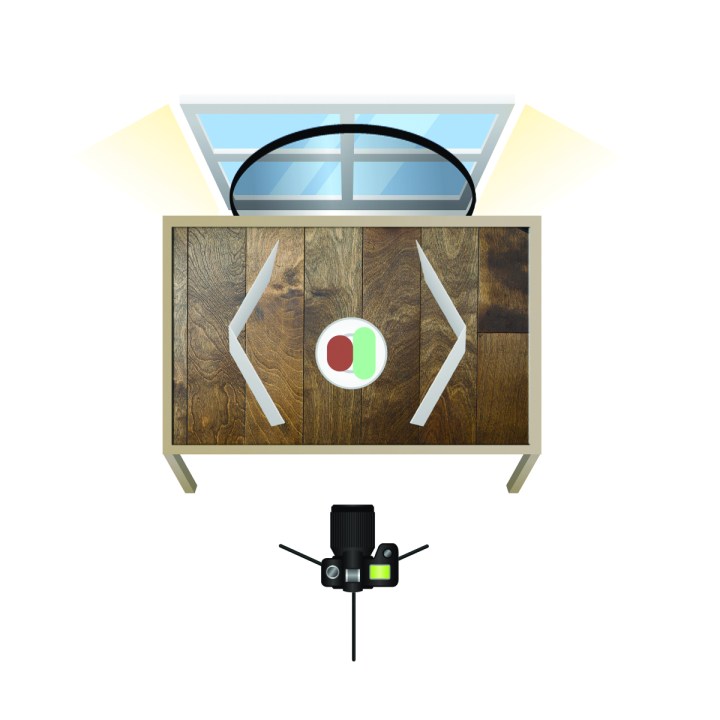
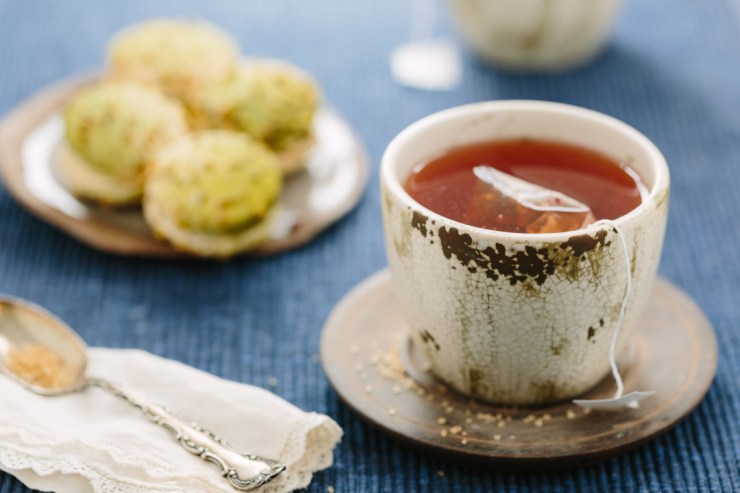
Sidelight
Just like with backlight, sidelight is another great choice and is one of my favorite setups. It is especially great for foods with clear or flat liquid surfaces, as it tends to prevent distracting reflections on the liquid itself. It also adds a very nice shadow to the side of the subject, which can either be tamed with reflectors or left as-is for a more dramatic shot.
.mgl-tiles { display: none; } #mgl-gallery-634ef08c547f2 { margin: -5px; width: calc(100% + 10px); } #mgl-gallery-634ef08c547f2 .mgl-box { padding: 5px; } @media screen and (max-width: 768px) { #mgl-gallery-634ef08c547f2 { margin: -5px; width: calc(100% + 10px); } #mgl-gallery-634ef08c547f2 .mgl-box { padding: 5px; } } @media screen and (max-width: 460px) { #mgl-gallery-634ef08c547f2 { margin: -5px; width: calc(100% + 10px); } #mgl-gallery-634ef08c547f2 .mgl-box { padding: 5px; } }
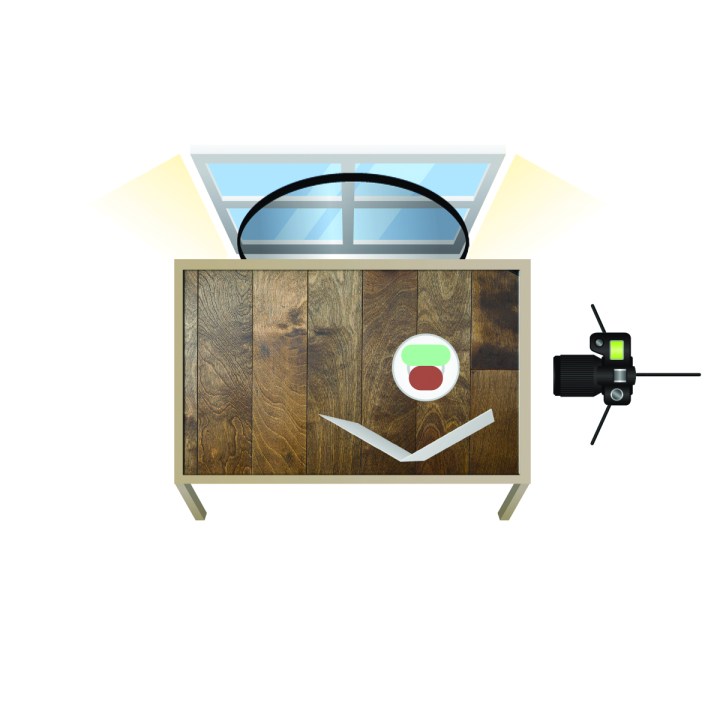
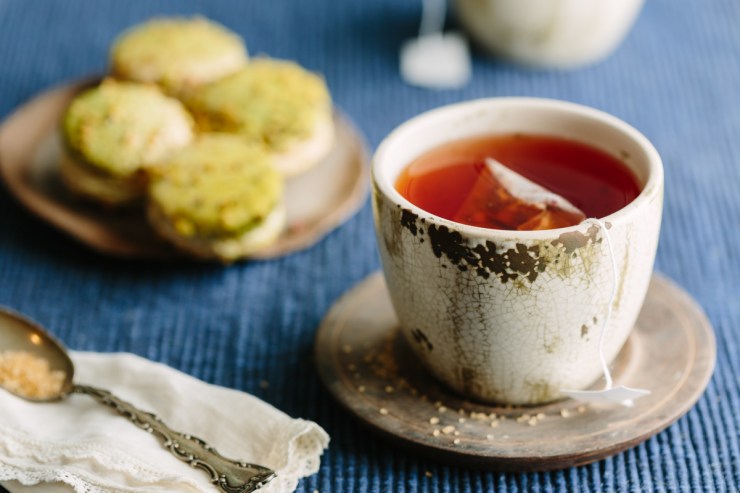
Front light
One direction of light you may want to avoid is front light. Granted, in the right conditions (such as a space that is very well-lit in all directions) this may work okay, but in the example, I have here it is not ideal.
I photograph my food in a corner of my office, and the only significant light source comes from just one window. With this setup, it only shines in the foreground and falls off in the back, leaving the image flat and filled with a dark background.
.mgl-tiles { display: none; } #mgl-gallery-634ef08c54e97 { margin: -5px; width: calc(100% + 10px); } #mgl-gallery-634ef08c54e97 .mgl-box { padding: 5px; } @media screen and (max-width: 768px) { #mgl-gallery-634ef08c54e97 { margin: -5px; width: calc(100% + 10px); } #mgl-gallery-634ef08c54e97 .mgl-box { padding: 5px; } } @media screen and (max-width: 460px) { #mgl-gallery-634ef08c54e97 { margin: -5px; width: calc(100% + 10px); } #mgl-gallery-634ef08c54e97 .mgl-box { padding: 5px; } }
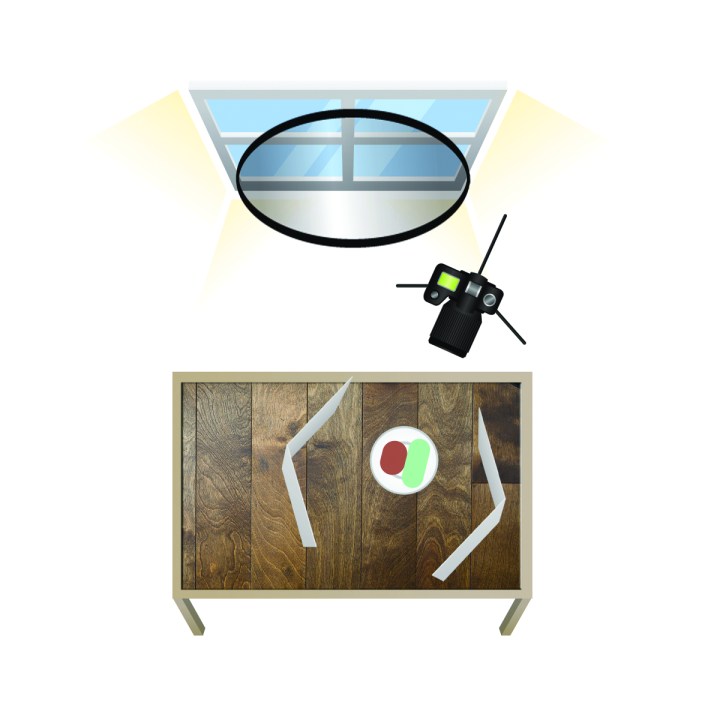
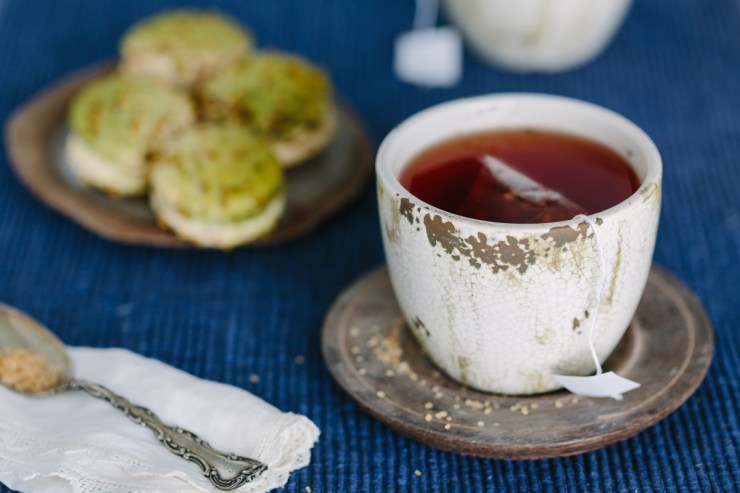

You can find more food photography tips and tricks in my book: “Food Photography: From Snapshots to Great Shots (Second Edition).”
Tell your story with the second annual Visual Storytelling Conference!
Experience four days of interactive, online training sessions featuring a range of educational content with experienced photographers and content creators. This free event kicks off with a series of technical boot camps to build essential skills, followed by live, online sessions on photography, video, business and social media. Join live from March 10-13, 2022!
